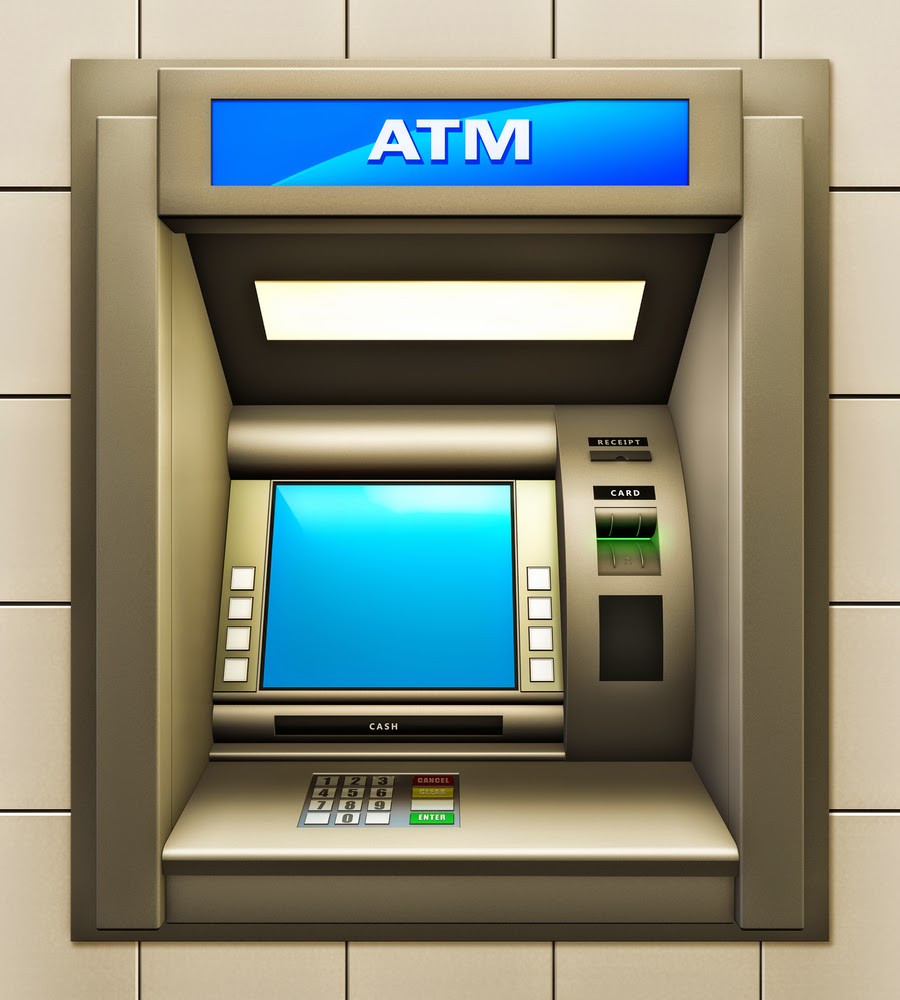Understanding ATMs: A Comprehensive Guide
Automated Teller Machines (ATMs) have revolutionized the way we handle our finances, providing unprecedented convenience and accessibility. In today's fast-paced world, knowing how to effectively utilize ATMs is essential for managing personal finances efficiently. This article will delve deep into the functionality, types, security measures, and future trends of ATMs, ensuring you are well-informed and equipped to navigate this essential banking tool.
As cashless transactions and digital banking continue to grow, understanding ATMs becomes even more critical. With various features and services offered by different machines, it’s important to know how to maximize their benefits. This guide aims to provide detailed insights into ATMs, catering to both novices and seasoned users alike.
In this article, we will explore the various aspects of ATMs, including their history, types, benefits, and security features. By the end of this guide, you will have a comprehensive understanding of ATMs and how they can aid you in your everyday financial transactions.
Table of Contents
- 1. History of ATMs
- 2. Types of ATMs
- 3. Benefits of Using ATMs
- 4. Security Measures in ATMs
- 5. The Future of ATMs
- 6. Conclusion
1. History of ATMs
The concept of the ATM was first introduced in the late 1960s. The first machine was installed in 1967 in London by Barclays Bank, allowing customers to withdraw cash using a card. This innovation marked the beginning of a significant transformation in banking services, enabling users to access their funds without the need to visit a bank branch.
Over the years, ATMs have evolved significantly, incorporating various functionalities such as balance inquiries, fund transfers, and even bill payments. Today, ATMs are found globally, making banking accessible to millions of people at any time of day or night.
2. Types of ATMs
ATMs can be categorized into several types based on their functionalities and services offered. Understanding these types can help users select the right ATM for their needs.
2.1 Cash Dispensing ATMs
Cash dispensing ATMs are the most common type and allow users to withdraw cash using their debit or credit cards. These machines are usually located at bank branches, convenience stores, and other public areas, making them readily accessible.
2.2 Deposit ATMs
Deposit ATMs enable users to deposit cash or checks directly into their accounts. These machines often come equipped with advanced features such as receipt printing and real-time balance updates, enhancing the user experience.
3. Benefits of Using ATMs
ATMs offer several advantages that make them an integral part of modern banking:
- Convenience: ATMs are available 24/7, allowing users to access their funds anytime.
- Accessibility: With ATMs located in various public spaces, they provide easy access to cash for people on the go.
- Efficiency: Transactions at ATMs are typically faster than traditional banking methods, saving users time.
- Multiple Functions: Many ATMs offer various services beyond cash withdrawal, such as deposits, fund transfers, and balance inquiries.
4. Security Measures in ATMs
With the increasing use of ATMs, security has become a paramount concern. Here are some key measures in place to protect users:
- Encryption: ATMs use encryption technology to protect user data during transactions.
- Surveillance Cameras: Most ATMs are equipped with surveillance cameras to deter theft and ensure user safety.
- Two-Factor Authentication: Some ATMs require additional verification steps, such as a PIN or biometric data, for enhanced security.
5. The Future of ATMs
As technology continues to advance, the future of ATMs looks promising. Innovations such as contactless transactions, mobile integration, and enhanced security features are expected to shape the evolution of ATMs. Additionally, as digital banking becomes more prevalent, ATMs may adapt by offering more advanced services tailored to user needs.
6. Conclusion
In conclusion, ATMs play a vital role in modern banking, offering convenience, accessibility, and efficiency. Understanding the different types of ATMs, their benefits, and the security measures in place can help users make informed decisions when utilizing these machines. As technology continues to evolve, staying updated on the latest trends in ATMs will ensure that you can maximize their potential in your financial management.
We encourage you to share your thoughts on ATMs or any experiences you’ve had using them in the comments below. If you found this article helpful, consider sharing it with others or exploring more of our content on financial literacy.
Thank you for reading! We look forward to welcoming you back for more insightful articles in the future.
Josh Allen And Hailee Steinfeld: A Comprehensive Look At Their Relationship And Career
Unveiling The Life Of Jill: A Comprehensive Biography
The Meg 2 Cast: A Deep Dive Into The Characters And Performers


